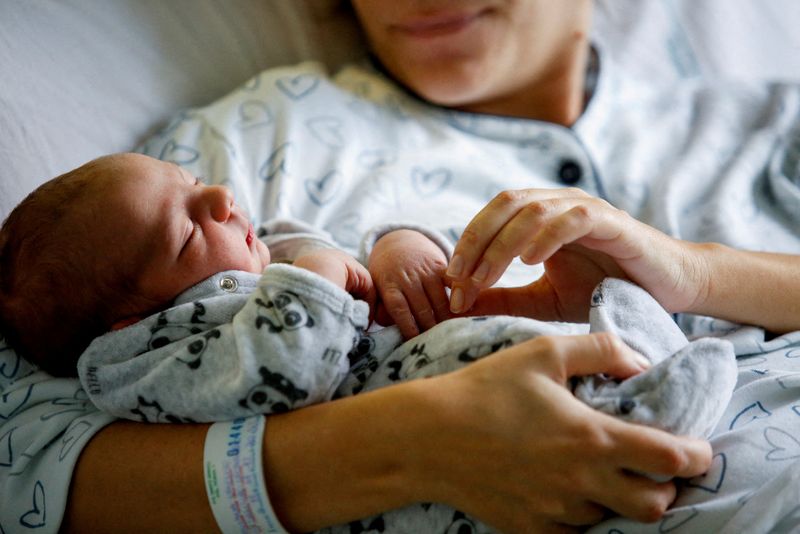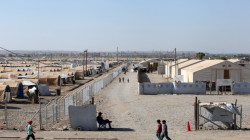Italy faces birth rate decline amid societal and economic shifts

Shafaq News/ Italy has experienced a decrease in births, marking a historic low not seen since the Unification of Italy in 2022.
According to the latest report from the National Institute of Statistics (Istat), only 393,000 births were recorded, a decrease of 7,000 from the previous year and a staggering 183,000 less than the peak in 2008 at 576,659 births.
The total fertility rate (TFR), which measures the average number of children per woman, has also declined from 1.24 two years ago to 1.22, positioning Italy with one of the lowest fertility rates in Europe.
This decline is attributed primarily to several factors, including the limited availability of women of reproductive age.
The economic landscape further complicates the situation, with gender disparities in employment rates and household responsibilities playing a significant role. The reluctance to adopt unpopular solutions such as working longer, reducing pensions, or relying heavily on immigration adds to the complexity of addressing the demographic crisis.
The aging population resulting from declining birth rates poses substantial economic and pension system challenges. For every 100 young people, there are now 184 elderly individuals, indicating a significant demographic shift that necessitates long-term policy interventions.





